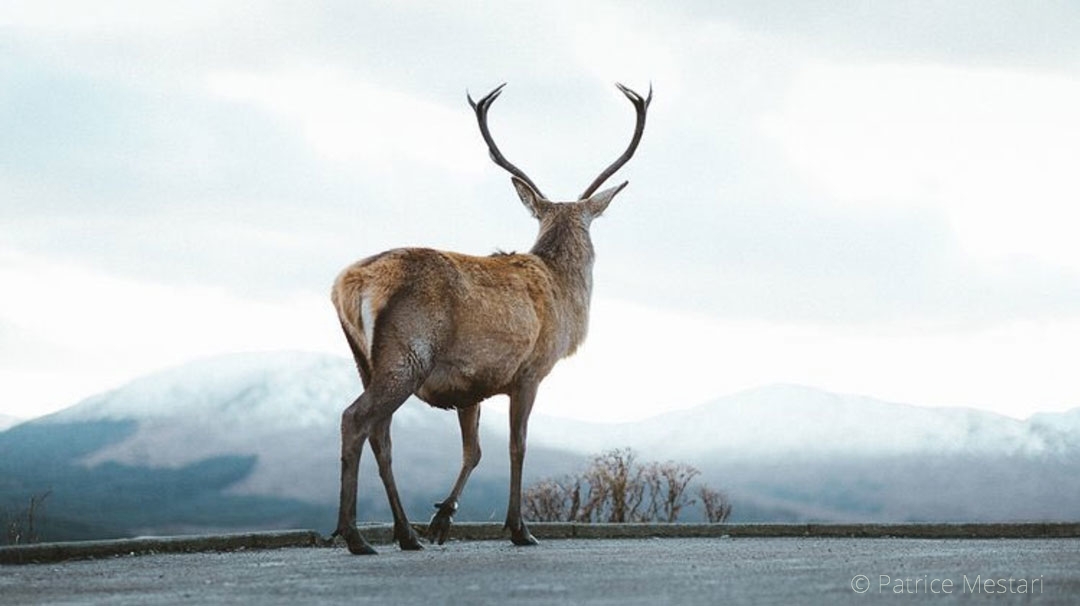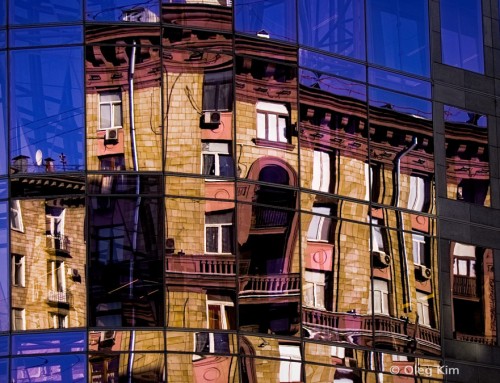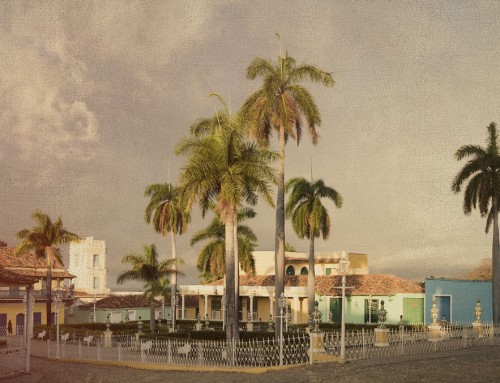We often describe Exposure as a catalog-free photo editor. That is a key element of its design. But what is a catalog, and why does Exposure use a different approach? Read on and find out.
A catalog is a database that tracks all of your edits and organizing changes. The first generation of photo editors made catalogs central to their design. People associate certain features with a catalog, such as keywords, collections, and virtual copies. But catalogs aren’t necessary to support those features – Exposure has them all and its catalog free-design gives you several benefits.
1. Skip the import step
In catalog-based photo editors, you need to perform an import step before you can work with your photos. In Exposure, you just navigate to your photos and start working.
Bringing in photos to your computer for the first time is easy, thanks to Exposure’s fast and flexible tool for copying from a camera card. You can immediately begin to process your images, even while they are being copied.
2. Easy transfer of files to another computer
In Exposure, edits are stored in small metadata files in the same folder as your raw images. When you copy or move a folder, the edits go with it. To copy between machines, just use a network or USB drive to copy the files. On the new machine, open them in Exposure and your edits will be there already.
This makes syncing your edits while traveling or shooting on the road very easy.
In a catalog-based system, you’d need to export on the first computer, copy the exported files to the new machine, and then import.
3. Easy file sharing with other people
Another advantage to Exposure storing edits alongside photos is that you can easily share your photo projects with another Exposure user with a syncing service like Dropbox or OneDrive.
When you edit a shared file, the changes are saved in the metadata file and synced to the person you are sharing with. On their computer, Exposure notices that the photo has been edited and updates the view to show the latest changes. This enables very fast collaboration.
Here are some scenarios where this helpful:
- Two photographers working on a wedding together
- Working with a retouching service
- A marketing team working on photo projects using a central file server
4. Backups that are easy and safe
Backups are easy to do in Exposure. Just back up the folder containing your files, and your Exposure edits are saved along with the photos they go with. In catalog-based editors, you have to remember to back up both your photos and catalog, which are in separate locations.
Conclusion
Exposure’s advanced design provides all the organizing features you need, while making it easier to move your files to other machines, collaborate, and back them up. It’s a smarter way to work, and is part of what makes Exposure the fastest way to bring your creative vision to life.
Try Exposure Today















I think it is great what you are doing with Exposure!
I love the catalog free system which only uses the small alien skin sidecar to perform all the keywords and all the metadata to simulate what others do with their catalog offerings.
One thing that people have to understand AND use, if they dont already, is Exposure’s interface to move files, since that will ensure that the exposure sidecar file with all the data, will move along with the photo to the new location.
And that makes me think about something, that maybe Exposure should add like a little separate file manager window, so we have a window with a better file structure to make it easy for other people to move files around, not as advanced as explorer or finder but something easier to navigate, that can be resized and used to move files faster for other people.
Also, I have seen people complaining about how Exposure creates a folder and then every folder has to have the “Alien Skin” subfolder.
I am thinking, maybe Exposure settings should include a check box so it makes the folder hidden by default? and then people like on Windows Explorer can decide if they need to see hidden files or not, just by checking and unchecking “show hidden files”.
I still think Exposure workflow is great, and I can’t wait to see what you bring on next update for sure!
Hi Emi – thanks for commenting! Yes, we recommend using Exposure to move files because it will do a better job keeping track of the sidecars. Plus, you really don’t even see the sidecar files if you use Exposure to move images.
In theory it sounds like a good solution to hide sidecar folders, unfortunately it would likely cause more problems than it would solve. Having them easy to see also makes them easy to find, so people are aware of them now, which is great.
Thanks for the suggestion about adding a separate file interface. I’ll run that by the design team.
That’s true, many type of users, and many would probably check the hiding option even if it was on an advanced features with a caution message and then dont know what happened to their files.
And yes! while Exposure does a nice magical work when you use a file manager to move files, sometimes it fails.
But then, doing something like copy photos to a new location or delete photos on a file manager, Exposure magic won’t work, since Exposure won’t remove the sidecar or copy the sidecar to the new location. Which is obvious, but would be avoided by using always Exposure.
So while I do it always inside Exposure to avoid any issue, having a nice file manager, with some more advanced features to manage files faster inside exposure would make the experience even better, and then like you say, people won’t see the sidecar folder or anything, so they might not get bothered by it and everyone happy!
Thanks for suggesting it. I could see how that would be useful.
I love Exposure, just wish i could also shoot tethered with it, any chance?
Hi Haris – Always glad to hear from people who love Exposure. Thanks for commenting. Tethered shooting is something that we have on our list of features to add in a future version.
I’ve used Exposure for a good while as a plugin for PS/LR, and I do appreciate it for its core feature set. While I think it’s great that people find it’s LR-competing new features useful, I hope they won’t come at the cost of the plugin-functionality.
To be honest after years with Lightroom, while I accept that there is a degree of technical lock-in, I would never go back to a non-database driven DAM. That is not to say it couldn’t be done better or more flexible than the LR approach, but for now, I see no better alternative.
I’m still at X2 and not sure if it’s worth upgrading to X3 as it feels like most of the improvements are in LR-competing features. If there’s a good discount at some point I might just make the jump anyway :)
Thanks for commenting, Tomas. I see the point you make about newer photo organizing features in Exposure, but there were lots of editing features added as well. The new side-by-side comparison view and the preset audition functionality make selecting the perfect preset much quicker, there are new control sliders for Blacks, Whites, Oranges, and Purples, and there are a slew of improvements made to using overlays, such as new blend modes, the ability to import a batch of custom overlay files, and there are plenty of new light effects overlays, too.
You can always give the free trial a spin to see if you like the new version. Check it out, here.
I am evaluating Exposure 3 in alternative to Lightroom Classic 6.13.
Looking to Exposure 3 tutorials I haven’t been able to find any info about its ability to scan my HDU and identify duplicates. By duplicates I mean exact copy of the same photo, with the same metadata/subject/……
In the past years I did some back up copy of my photo directories, then I did it again as well as some quick saving of a memory card while in a hurry. So far I didn’t spend time to reorganize the HDU but now I need to do it.
I have 2 or 3 or 4 copies of certain pictures spread through my HDUs or within the same HDU but in different
folders.
Would Exposure 3 able to help me to automatically scan my folders/HDUs and prompt me the duplicates to delete? I am also available to evaluate this feature using any plug-in.
Tks, rob
Hi Rob,
Exposure doesn’t have a feature to find duplicate files in the way you describe, unfortunately. There are lots of specialized apps available that find and remove duplicate files.
When you’re copying images from a camera card to your computer, Exposure has a checkbox to only copy new photos. It’s a handy feature, but it only applies to images that you copy to your computer using Exposure. If you suspect that you already have duplicate files, I suggest using a duplicate file finder app.
The content of this blog is exactly the reason why I have only 1 hour left in my LR/PS subscription. Since testing and moving to EX3 in October last year: I have not felt the need to open LR or PS, even once; I have set aside ON1 PhotoRAW; and, thankfully I have seen how much better and more professional feeling EX3 is than other canned products like Luminar/Aurora. EX3 has become my go to photo DAM. Couldn’t be happier and just can’t say enough about it. I look forward to seeing some of the new features as they are introduced. Please, however retain the great Alien Skin look and feel and only bring out a new feature when it is fully tested and fully functional. Others tend to bring alpha products to market and are paying for it. I love that EX3 just plain works! Well Done!
Hi Dan,
We are blushing over here! Thanks so much for the kind words. I’m very glad Exposure has been helpful to you. We’ll keep working to add new features to Exposure, but reliability and ease-of-use are always our top priority.
I am searching for a comfortable and effective DAM to replace my aging and cracking Aperture libraries. Many software developers enter this market but seem to showcase mainly their image editing capabilities. Upon opening your web pages I immediately recognized images from my good friend John Barclay and so am now trialing X3. I am first interested in DAM capabilities.
I understand the advantages to your catalog free system but don’t yet understand how this would work with very large libraries. to find specific keywords images would I need to do individual searches across various folders? Would all images need to be stored in a single folder?
Hi Charles,
Thanks for the note, and for trying out Exposure. At the moment, Exposure’s keyword searching is scoped to the folder you’re working in and its subfolders. So we recommend organizing your photos in a single folder hierarchy if you need to search across your entire library.
In a future version, we’d like to add a way to search all folders you have bookmarked in the folders panel. Would that meet your needs?
Hello, Finley. Yes I believe so. If I work through this “out loud” presently I could envision replicating Aperture’s all in one libraries and vaults with multiple HDD’s with one “library” per with a backup copy as a vault. That could work until such time as you’re able to work out how to search multiple folders.
I was perhaps one of Apple’s very first Aperture customers so that’s nearly 13 years worth of files. I don’t realistically expect any one “solution” to be exact.
I appreciate the comments, Charles. I have logged them for our design team to consider when tackling this feature.
Hi – I have recently become a Fujifilm user and now looking at moving over to Exposure for my post processing. Please correct me here if I’m wrong… will all my RAW files be stored on a folder on my computer to enable be process them with Exposure? My computer’s HD will be filled up in no time if this is so… can one not work via an external HD?
Other than this query I am very excited to try it out ?.
Hi Megan – thanks for commenting. Your RAW files can be stored in whichever location you’d like them to be. We recommend saving images on your computer’s hard drive because of access speed, but your images don’t have to be saved there. Modern external drives use very fast connections, so Exposure’s performance can be just as responsive as when your photos are on your computer’s hard drive.